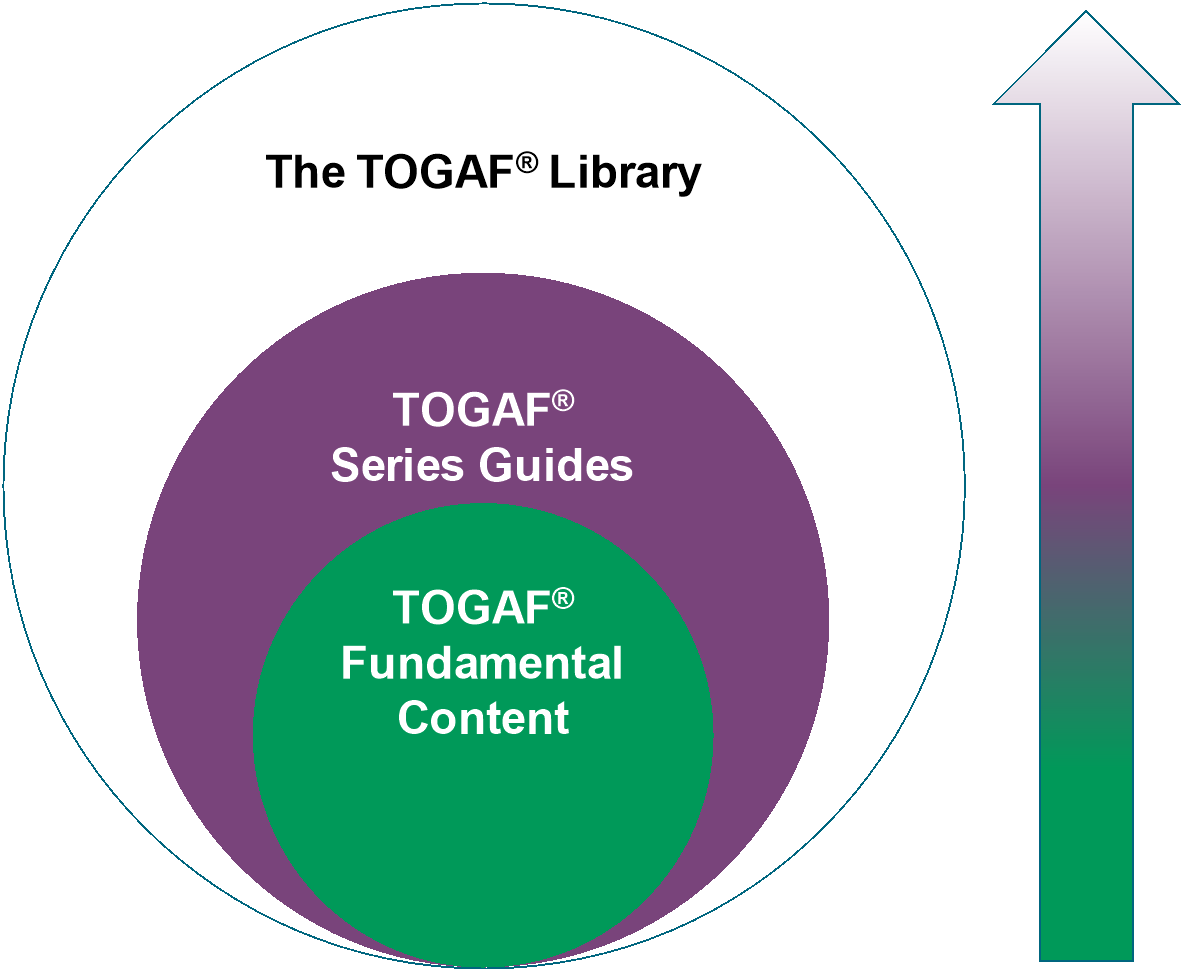Introduction
TOGAF 10, the latest rendition of The Open Group Architecture Framework, known as TOGAF Standard, 10th Edition, introduces several enhancements aimed at fostering the adoption of enterprise architecture best practices. This edition not only guides on locating enduring, universal concepts and proven best practices but also explores emerging ideas to keep organizations at the forefront of their industries.

Widely embraced by businesses, government agencies, and non-governmental organizations, the TOGAF Standard, 10th Edition, expands its guidance and how-to material. This augmentation is designed to assist organizations in operating more efficiently and effectively across diverse scenarios, including agile enterprises and digital transformation.
The framework strives to strike a balance between the necessity for common, universal concepts and the demand for detailed configuration that aligns with an organization’s specific needs. The document structure of the 10th Edition is meticulously tailored to equip architects with the necessary guidance to deliver optimal enterprise architecture that aligns with stakeholders and organizational objectives.
What is New?
TOGAF 10 comprises two main components: the TOGAF Fundamental Content and the TOGAF Series Guides. The Fundamental Content serves as the essential foundation, while the Series Guides offer advice on configuring this foundation to meet an organization’s unique requirements.
In essence, TOGAF is a guiding framework for enterprises, providing insights on implementing architecture that best supports stakeholders and the organization itself. TOGAF 10 simplifies the adoption and implementation of this framework for organizations, featuring a more streamlined, easily navigable modular format. Divided into TOGAF Fundamental Content and the TOGAF Series Guides, the latter includes expanded content applicable to various architecture domains.
Offering a core framework that is both adaptable and customizable, TOGAF allows organizations to tailor it to their unique needs. The modular format facilitates businesses in identifying the Series Guides relevant to their specific needs and discerning which parts of the framework are irrelevant to their current enterprise architecture environment.
Notably, TOGAF 10 places a stronger emphasis on agile methodologies and digital transformation to enhance flexibility in addressing technical needs. This update aligns with the evolving landscape of enterprise architecture while upholding core values of consistency, openness, and efficiency.
Summary
The TOGAF Standard, 10th Edition, delivers enhanced guidance and material, empowering organizations of all sizes to adopt best practices for enterprise architecture and stay abreast of emerging ideas and technologies.

